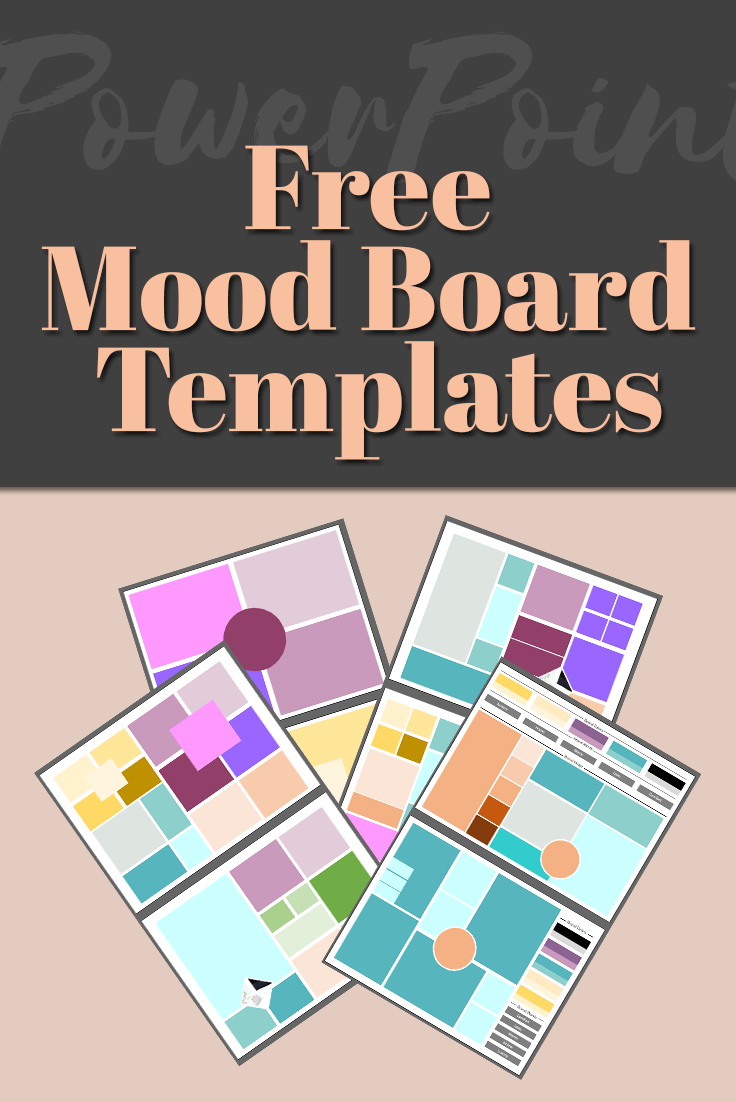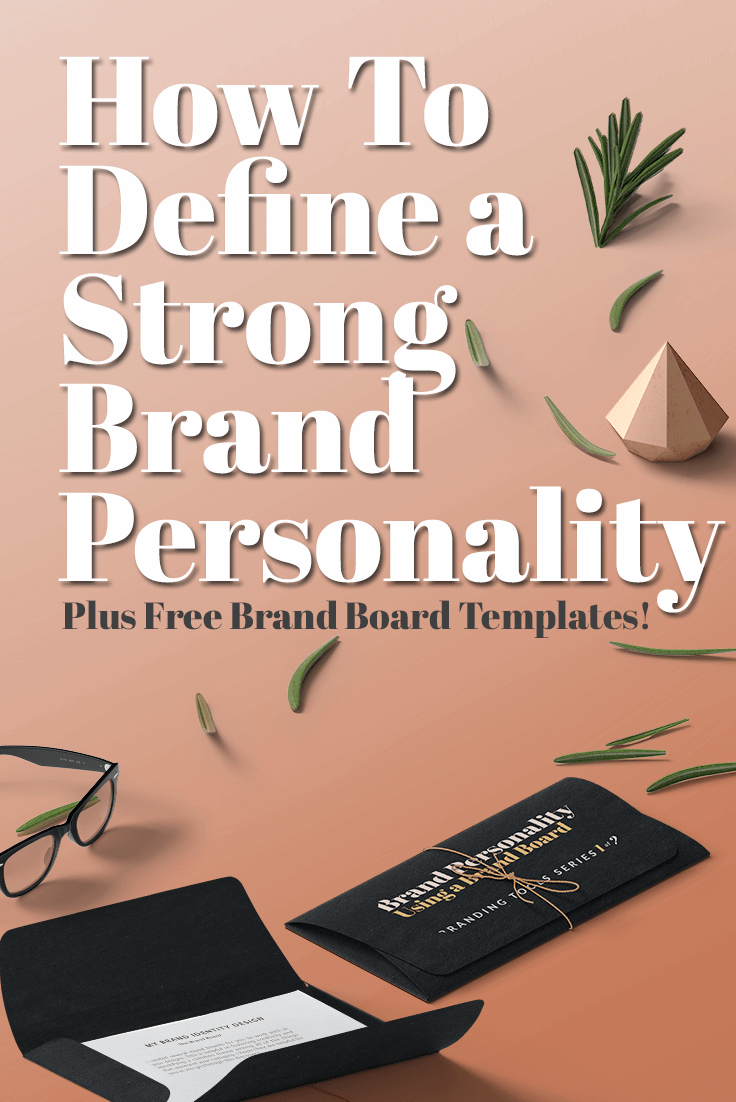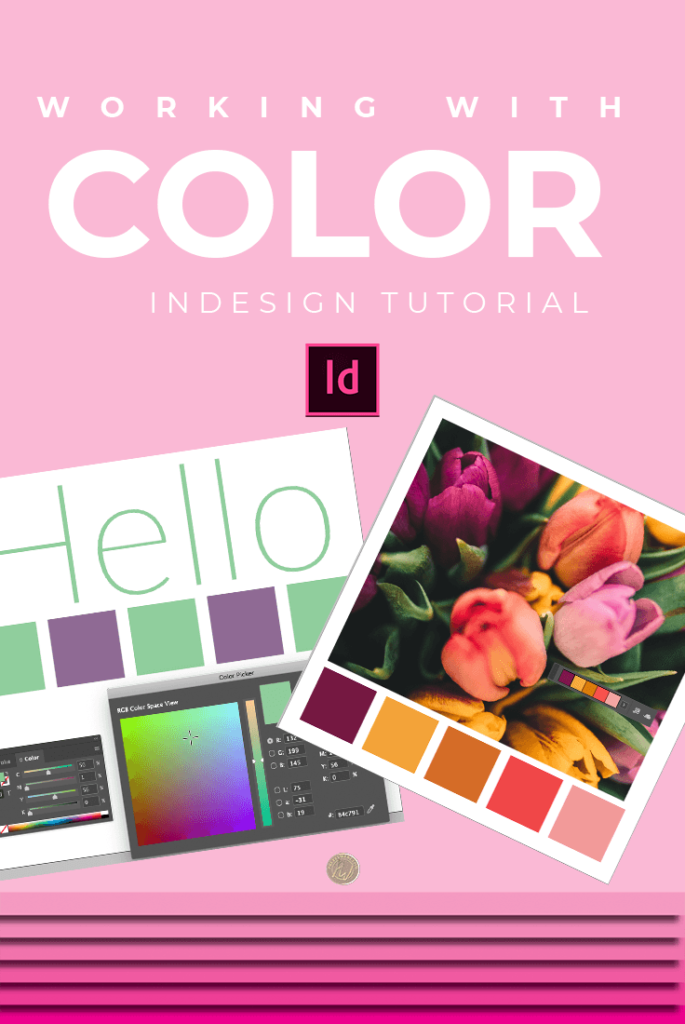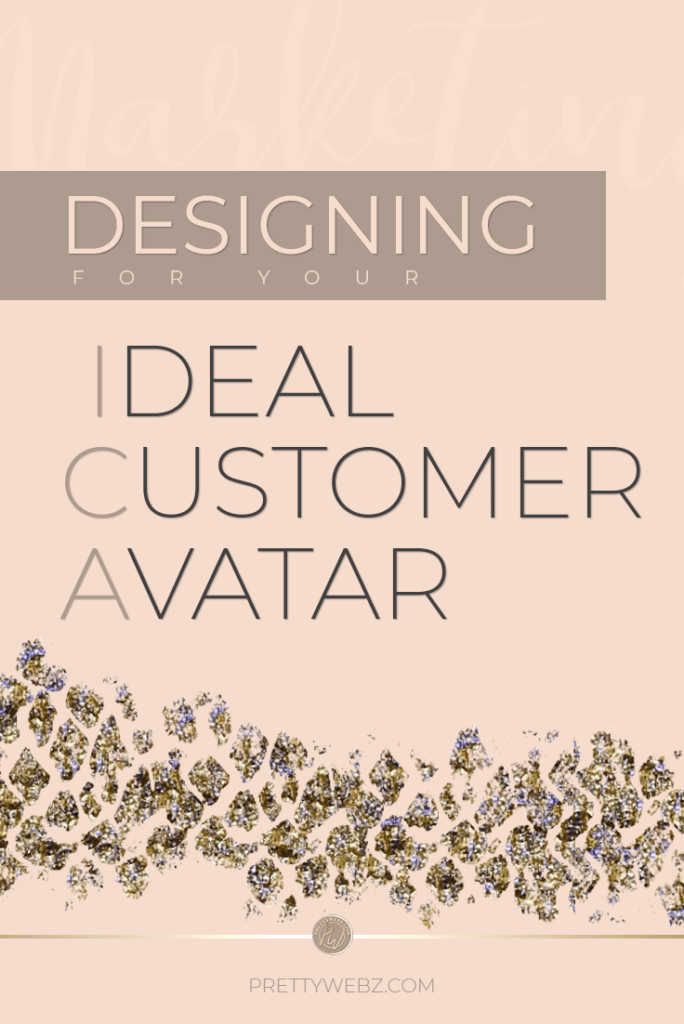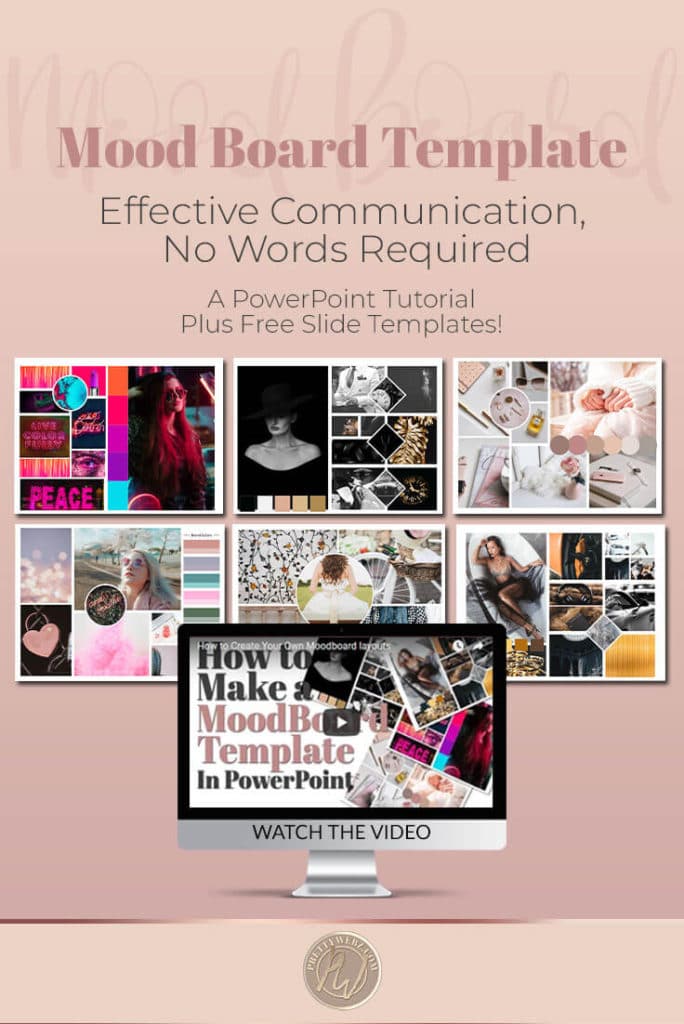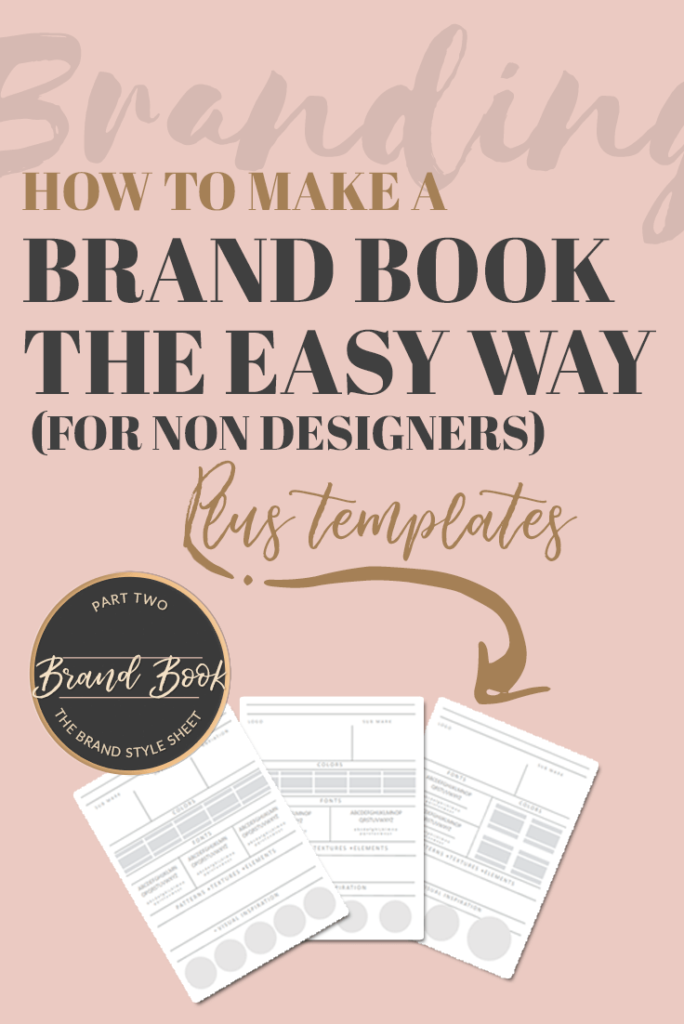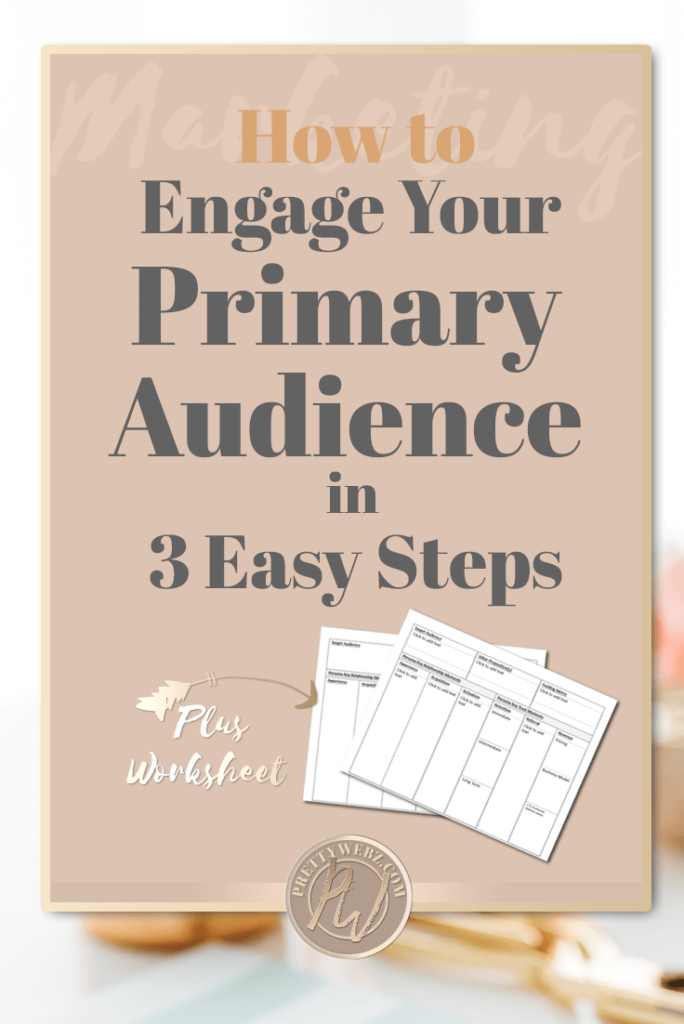How to Define a Strong Brand Personality Your People Will Love
Sections
Discovering Your Brand Personality
Steps to Defining Your Brand Identity
Questions to Define Your Ideal Customer
About The Brand Board
Creating a Brand Board
Free PowerPoint Mood Board Templates
Discovering Your Brand Personality
Before you choose colors, patterns, and fonts for your brand style sheet, the brand personality has to be clear. Making sure you’re crystal clear on who you are as a brand is an essential first step. How you dress your company (color, fonts, imagery) are all defined by your brand’s personality. This one thing will determine all of that. In fact, all of the visuals will be a no-brainer when you’re done.
Defining Your Brand’s Personality
The goal here is to carve an image that is identifiable, relatable and unique. Your character most often comes from what already exists within your company. A brand personality is the foundation of your brand and the core of what you believe as an organization.
Getting to the core of who you are will begin with your customers. Your target market is the most crucial asset of your business. With that said, it’s time to spend a little time getting to know them.
First, you need to understand who your current customers are. Second, you need to define who you want to attract to your business in the long run. I know you’ve heard the experts say this a million times by now, but I’ll repeat it because most of us don’t listen.
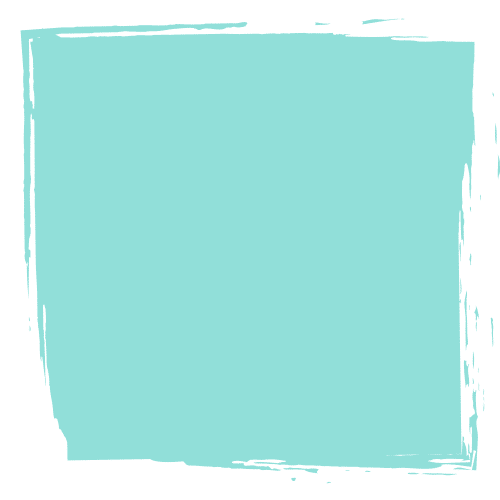
Know your market.
Defining Brand Identity
The brand identity is more than the visuals. Your brand personality has almost nothing to do with visuals, but there are visual cues that attract the perfect customer to you. Therefore, visuals will be part of your personality.
I’ve said this a few times before, but I do believe that your personality manifests itself in what we choose to wear. To take this even further, your personality shows up in the house we live in and the car we choose to drive. All of these things define our personality. These are the things we use to put a message out into the world about who we are. A brand uses color, words, fonts, and imagery in the same way.
Take Tiffany’s for example, this icon has perfected branding down to a single color.
What do you think of when you see this box?
If you’re Tiffany’s target customer, it sparks an instant desire to possess that little blue box no matter what’s inside. Owning Tiffany’s jewelry makes you feel like a better person. You buy into their story and you want to be part of what the brand represents. This is not just another blue box, this is Tiffany’s.
This kind of emotion is what we strive for as marketers. Creating a symbol the evokes desire in our target market. Tiffany’s does this perfectly.
To read more about The Tiffany Story and see one of the best examples of branding in history. It doesn’t matter what industry you’re in. The Tiffany’s brand is one that should be studied carefully and emulated.

The Steps to Defining your Brand Identity
- One – Knowing your market
- Two – Exploring the foundation of who you are as a company and brainstorming who you need to be to attract your ideal target market
- Three – Defining a visual story for your brand personality with a brand board
- Four – Creating a Brand style sheet to keep your brand crystal clear and focused on your target market
In this post, we’re going to go over the first part quickly. I’ll also give you some resources so that you can define a vivid portrait of this person. I will introduce you to using a Brand Board as an aid for determining your brand personality, a brand style sheet and ultimately your brand identity.
The tools vs. the function of a focused and Consistent Brand
Brand Personality
Brand personality is the essence of who you are as a company. Not the owner or the company’s employees, the company. It is what you believe, what you stand for and how you behave in the world around you.
The personality embodies your brand culture. A feeling people associate with your brand. This feeling can’t be written down in a business plan. You can only express it in the things that you do, what you say and how you look. A Brand Board will help you communicate this visually.
Brand Identity
A brand identity is everything that your brand represents, visual as well as its personality. A brand style sheet will help you enforce this in your messaging.
The Brand Board and Style Sheet
A Brand Board and a style sheet are tools that you can use to keep your business focused and consistent. You never want to confuse your ideal customer or send out mixed messages. As more people work on your business or as your tastes as the owner and decision maker change, it’s essential to keep the focus on your customer and what they like. Not on what the owner, executives or your designer think is best.
Your brand designer can give you tools and guide you get to who you are as a brand, but your designer can’t make that distinction for you. You, my friend, have a lot of work to do. But don’t worry, I have some cool tools will make it fun and easy to get through.
Why A Brand Identity Needs to be Clear From the Start
We choose our favorite colors, our choice fonts, then add another color and another font and before you know it your brand has multiple personalities that are all conflicting and repelling instead of attracting people to your brand.
It’s super important to know who you want to attract and know a lot about the type of person you want before you do anything else. I have a few questions for you to think about and answer truthfully and completely. The questions will help you create your brand personality.
Once you have a good idea of your brand personality defining your visual brand will become increasingly obvious.
Questions to Help you Define Your Ideal Customer
- Who is your ideal customer?
- What do they relate to?
- Are there cultural messages that they relate to?
- What visuals speak to them?
- Are there any traits common among them?
- How do they use your products?
- What kinds of words do they use?
- What kind of clothes do they wear?
- Where do they shop?
- What books, blogs, and magazines do they read?
Resources For Defining Your Ideal Customer
First, review the question prompts I’ve given you above. If you feel that you still can’t quite grasp who your target market is here are a few more online tools to help you define your ideal customer.
Branding is a big topic, this post is a broad overview of the fundamentals. You will need to be familiar with the intricacies of marketing and creating personas. Here are a few resources to get you started. Remember, baby steps. Don’t feel overwhelmed with all of this, just take it one step at a time.
This article is a basic overview of psychographics and understanding the psychographics of your customers.
This article goes more in-depth into using psychographics in your marketing, some of the tips given here are great tools for understanding your market. This example is the kind of research that will help you get a handle on who you’re speaking to in your branding.
Psychographic Profiling Identifying New Levels of Customer Understanding
You can also build a persona using an easy persona generator tool like the one available from Hubspot. This tool walks you through a series of questions and then creates an entire reference sheet that you can keep handy when you need to reference it.
The Ultimate Creative Tool for Business
At this point, I’ll assume you know your customer avatar like she’s a lifelong friend. With her in mind, we’re going to create a Brand Board to collect all of your ideas in one spot.
Let’s go over how that will look.
Why is a Brand Board Important?
The most fun and inspirational parts of branding are creating the Brand Board. This point is where ideas and concepts come together to breathe life into your brand. The brand personality and culture are challenging to put into words. A Brand Board helps you through the process of collecting ideas and concepts to visualize this intangible part of your business.
Using a Brand Board to Brainstorm
When you are working on your brand board, keep your Avatar in mind. Use this person as inspiration to find imagery and a mood for your board that compliments and attracts them.
Your brand personality is created and defined by the people that are attracted to your business. If you want to change the type of customer you draw, you have to change your branding. This is where the term “rebranding” comes into play. But let’s not get ahead of ourselves here. There’s no need to rebrand if you do it right the first time.
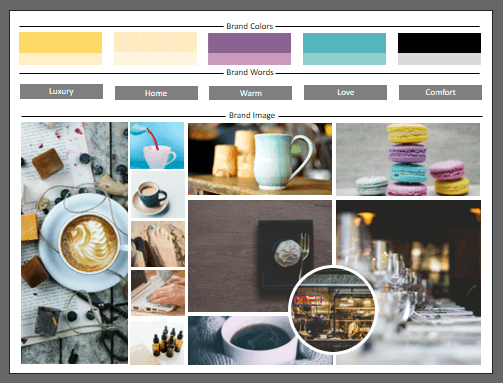
Your Brand Personality Defines Your Customer
It’s important to remember that your brand cannot superficially change its identity to suit a specific type of person. You can’t change your core beliefs. Eventually, doing this will come back to haunt you. Who you are as a company is fundamental in discovering who is right for you. A company’s core beliefs will play a vital role in defining a customer base.
The process of defining your brand identity starts with a brainstorming session about your customers. In this case, the Brand Board and a good understanding of your customers. Start here to create a strong foundation to build upon.
Although your ideal customer is vitally important, your brand’s core culture and beliefs are a big part of who you are and need to be taken into consideration as well.
Inspiring Your Brand
A Brand Board will help you to create imagery that will eventually inspire your brand. This exercise can go a long way in defining not only your brand colors and fonts but also your brand’s personality, culture, and message.
Using a Brand Board template can set the tone for where you want to take your business and might inspire you to go places with the brand you would have never imagined otherwise.
A Brand Board is where everything you’ve ever dreamed of for your business become something more than just a concept. All of the ideas, the imagery, the colors, typography all comes together.
A Brand Board Vs. A Style Sheet
If you’re confused by all of these branding terms, let me at least clear this one up for you. A Brand Board represents your brand’s personality. Although it does include a lot of the same elements a stylesheet includes. When you put together a Brand Board you’re thinking about emotion. Your personality, culture, and vibe rather than just colors, fonts, and patterns.
Get in the Mood
When you create your brand board, think about the attitude in the font. Explore the vibe in the pattern. How the imagery feels. The mood you feel with the colors you choose.
A brand board is a tool you can use to express your brand personality.
Other Posts You Might Like
Working With Color in InDesign Designing for your Avatar Making Mood Boards Brand Book Design The Color Palette Brand Strategy
A functional Plan
The style sheet is a representation of your brand that can be given to a designer to follow a specific brand identity, mood and theme. A brand stylesheet is more of a utility.
In other words, the style sheet has a functional purpose whereas, the brand board is discovery.
The style sheet contains strict directive and rules for making sure that you or your designer stay within the established branding. This style guide is a product of the brand board. Never the other way around.
The brand board is the attitude, not the style.
Here are some examples:
The way you wear a color rather than what color you wear
The way you make a statement, not the words that come out of your mouth.
I hope this is clear and that you understand the distinction between these two things. In the second part of this series, we will talk more about a brand style sheet and how to make one.
However, the brand board is the first step in a larger process. As with all of my series, I never want to overwhelm you. These are significant steps for your business and they need to be taken one step at a time to understand and work through who you are truly is a brand.
Creating a Brand Board
Most of what you put on the board will not make sense in the beginning. In fact, by the end of this process the majority of what you put on your Brand Board, in the beginning, you will probably throw out. Most definitely, in the beginning, the Brand Board isn’t going to look perfect. Brainstorming is never cohesive, but this is the best part of designing a business that you love.
Free PowerPoint Mood Board Templates
To help you create your own brand board I’ve created a few PowerPoint templates that you can use. This PowerPoint file contains several brand board slide layouts that are super easy to use. No formatting or arranging images. All of that, I’ve done for you. All you have to do is drop the image files into the template.
If you would like to have this super convenient tool, you can download the freebie below. The free download is a fantastic resource for brainstorming your brand personality, but you can also use it for so much more! Anything you need visual inspiration for can be popped right into one of these templates to create a beautiful, well-organized mood board, brand board or any other inspiration board.
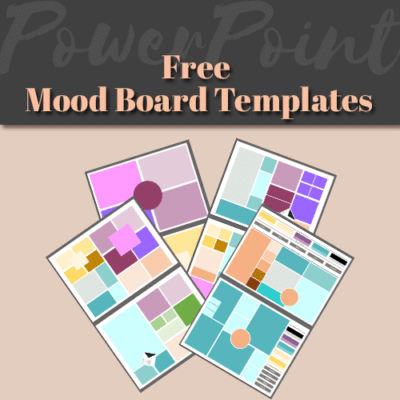

Allow Yourself the Freedom to Discover
Playing, having fun and discovering who you are as a brand is a crucial process. The only rule is you have to trust it.
Don’t worry about how your board should look. Put it all in there and then take a step back to see what you have to work with.
Allow yourself the freedom to explore different aspects of your business and yourself. You as the founder are the most prominent and most influential part of what you’re creating.
The initial process of creating a Brand Board is dumping everything that you love all in one place. Then finding commonality between what you want to say, who you are and what you want to be for your ideal customer.
When you start putting together a Brand Board, it’s essential to have a thorough understanding of who you are as a brand. Separate from that, you need to completely understand the clients you want to attract to your brand.
A brand board is the essence of your company personality. You will incorporate colors, imagery, typography and all of the things we associate with branding. However, not in the same sense or in the same way that it does with a brand style sheet.
Branding Words
Brand words – these are single words you use to create an association with your brand. This is what you want people to think of when they think of you.
Here is a great resource that goes into more detail about branding words. I encourage you to read the article by clicking on the infographic, as it will help you simplify why you do what you do.
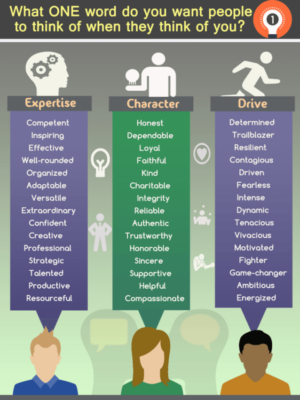
What Brands Do You Admire?
Another great way to identify your brand personality is to look for brands that you admire.
- Which companies do you admire?
- What do these companies have in common?
- What are they doing that makes you want to aspire to where they are?
When I worked on defining my brand, I was gravitating towards brands like Mercedes, Tiffany’s and Chanel. The problem was, although I love these companies, I didn’t feel confident enough to say I was at that level. I quickly realized that my brand has simpler roots because that’s where I feel most comfortable.
I don’t drive a Mercedes or wear Chanel, but I admire these brands. Not as status symbols but rather as symbols of quality, dependability, classic style and authenticity.
In the infographic above, all of these words I related to are associated with the character of the company. I hope you see how identifying the qualities that link brands you want to emulate can help you get closer to your brand personality. As a new brand, you may not be at that level yet but if you identify with specific brands it’s worth it to figure out what it is about that brand that speaks to you.
What’s Next?
Make sure you come back for part two of this series where we will go over creating a brand style sheet. Of course, I will have a style sheet template for you to work with.
Also, check out some of my more granular branding topics like choosing your color palette and fonts. If you want to learn more about font pairing and typography resources, I have some great articles for that as well.
Finally, if you like this post, please subscribe to the newsletter for even more great topics on branding and marketing design. I offer tons of free resources on the blog and in the shop regularly.
Just in case you miss something, I’ll send you direct links to everything I offer for free on the blog and in the shop every month. Everything straight to your inbox! You will also receive exclusive discounts in the shop.
Happy designing!
